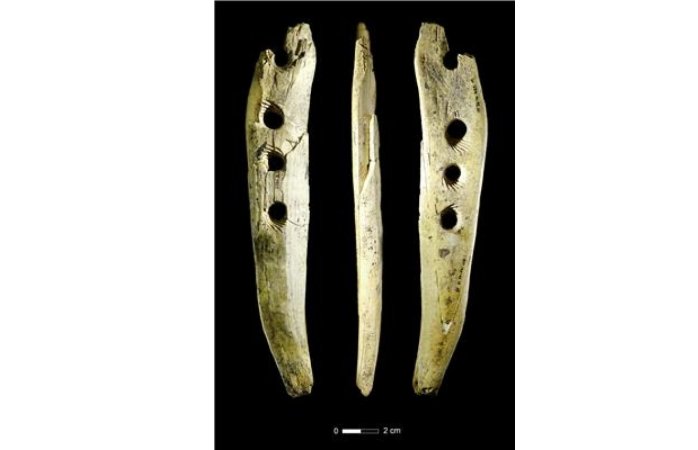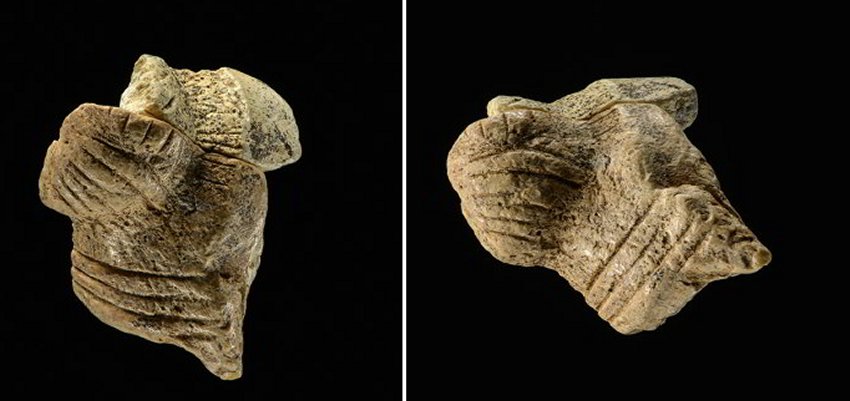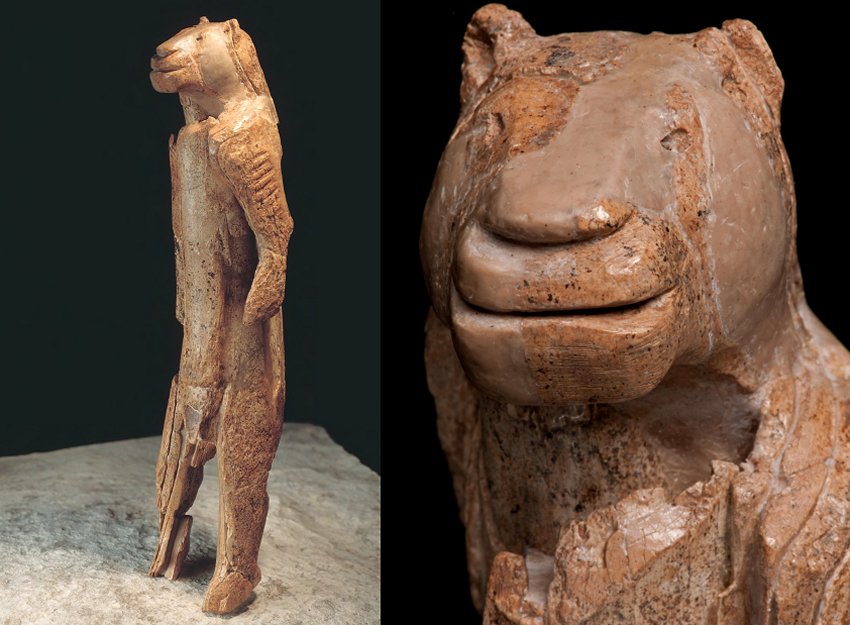40,000-Years-Old Rope Tool Discovered In Hohle Fels Cave Is Re-Writing The History Of Rope
MessageToEagle.com – Our ancestors depended on the use of rope for many reasons. Rope and twine were critical components in the technology of mobile hunters and gatherers. Yet, little has been unknown about string, rope and textiles form the Paleolithic.
This could change now as scientists have discovered a 40,000-year-old rope tool that is re-writing the history of rope.

The ancient rope tool made from mammoth ivory was discovered in Hohle Fels Cave in Germany where Professor Nicholas Conard and members of his team University of Tübingen have been excavating for many years.
Hohle Fels Cave is of outstanding archaeological importance. Not long ago, archaeologists found the famous two female figurines in the cave. The two pieces form a find with dimensions of 23 x 22 x 13 mm, similar to the well-known Venus – the oldest figure of a woman as well as the oldest figural representation of a human form, discovered in the same cave in 2008.

Other intriguing discoveries made in the Hohle Fels Cave are precious ancient artifacts such as flutes, weapons, jewelry and works of art including a horse’s head, a water bird and the “small lion man”, and they are all around 35,000 years old.
See also:
Fragments Of A New Female Figurine From Hohle Fels Cave, Germany – Discovered
Enigmatic Figure Dated Back To 40,000 BC Discovered In Prehistoric Stadel Cave
Europe’s Oldest Cemetery Reveals Its Secrets – Mysterious Graves Discovered
The ancient rope tool is unique as it underlines the importance of fiber technology and the importance of rope and string for mobile hunters and gatherers trying to cope with challenges of life in the Ice Age.


It also, finally gives researchers a better understand of ancient rope history and answers the question of how rope was made in the Paleolithic.
The find is a carefully carved and beautifully preserved piece of mammoth ivory 20.4 cm in length with four holes between 7 and 9 mm in diameter. Each of the holes is lined with deep, and precisely cut spiral incisions. The new find demonstrates that these elaborate carvings are technological features of rope-making equipment rather than just decoration.
MessageToEagle.com










